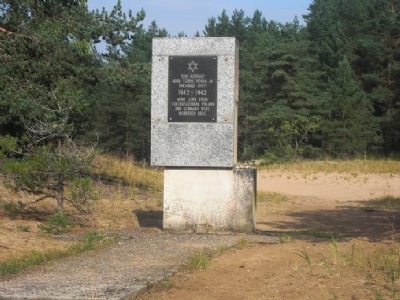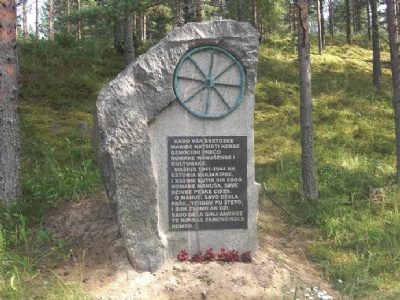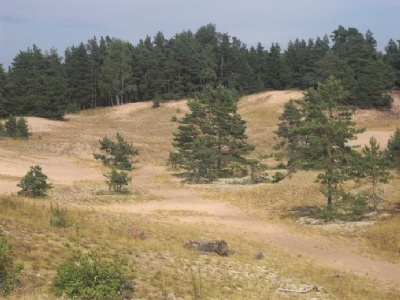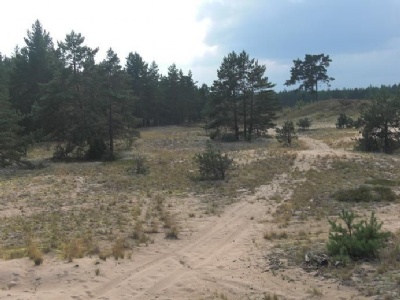Kalevi-Liiva
About thirty kilometres east of Tallinn on the Baltic coast lies Kalevi-Liiva with its sand dunes. Between 1941 and 1943, between 2000 – 6000 Jews from Estonia, Germany, Poland and Czechoslovakia were murdered at this site by units of Einsatzgruppe A and Estonian voluntary nationalist units (collaborators). Gypsies were also murdered at Kalevi-Liiva. Estonia had at the time of Germany’s attack on Soviet Union only 4500 Jewish residents, but more than half of them fled before the Germans occupied the country. The remaining Jews were murdered in 1941 and Kalevi-Liiva was one of several places used for the executions. Ghettos were never established in Estonia and the country was the first to become Judenfrei (Jew free). All Jews had been murdered in the early months of Operation Barbarossa. In September 1942, two transports, one from the ghetto in Theresienstadt and one from Frankfurt, with about 1,000 Jews each were routed to Rassiku near Kalevi-Liiva. The transports were first intended for the ghetto in Riga but there was no room and therefore they were sent on to Estonia and Rassiku. At the station, a selection was carried out, and about 150 Jews from each transport were selected for slave labor and sent to the nearby concentration camp Jagala. The others were loaded onto trucks and taken to Kalevi-Liiva where they were murdered by Estonian collaborators. In early 1944, the bodies were dug up by the perpetrators and cremated to remove evidence of the massacres.
Current status: Monument (2010).
Location: 59°28 49.38"N, 25°14 59.44"E
Get there: Car.
Follow up in books: Arad, Yitzhak: Holocaust in the Soviet union (2009).





What I usually do when I visit sites is to wander around and ”feel the atmosphere” and Kalevi-Liiva was no exception. Once I had found the site, I began to wander around the dunes where the massacres had taken place. Something I quickly discovered was that the place was used extensively by motorcyclists because the dunes were full of traces of motorcycles. After a while I saw on a slope down to the mass graves something that seemed to be a piece of furniture. Actually nothing strange about it because I’ve noticed at other secluded places that people go there for barbecue and socializing, sometimes they bring chairs which then are left behind. But when I arrived, I saw that it was an old worn mattress and I started thinking about why someone would drag a mattress far out into the sand dunes. But on closer inspection, I discovered that there were condoms and underwear around the mattress and then I understood that it is probably a place where sexual services are performed in exchange for money.